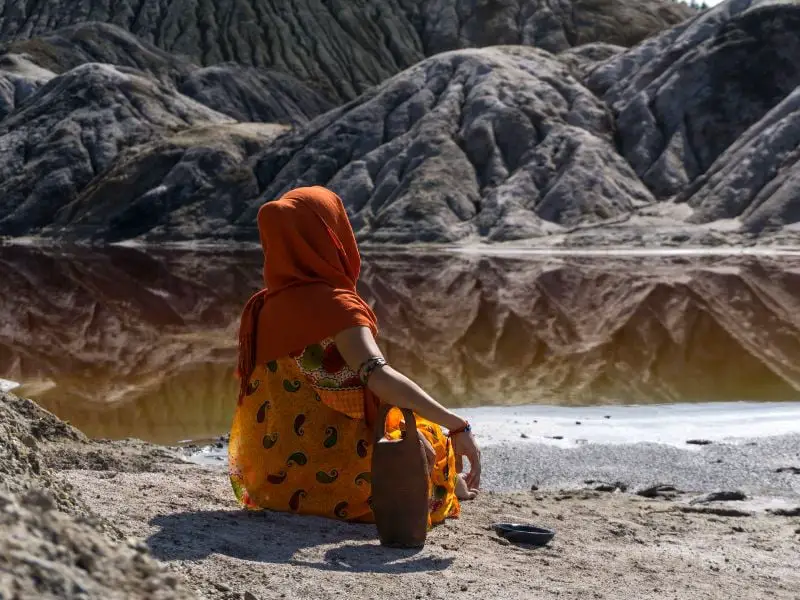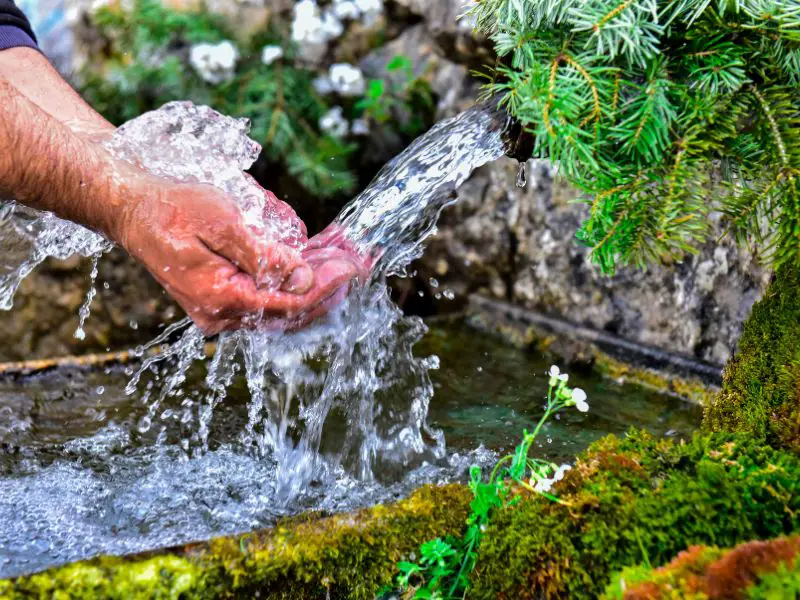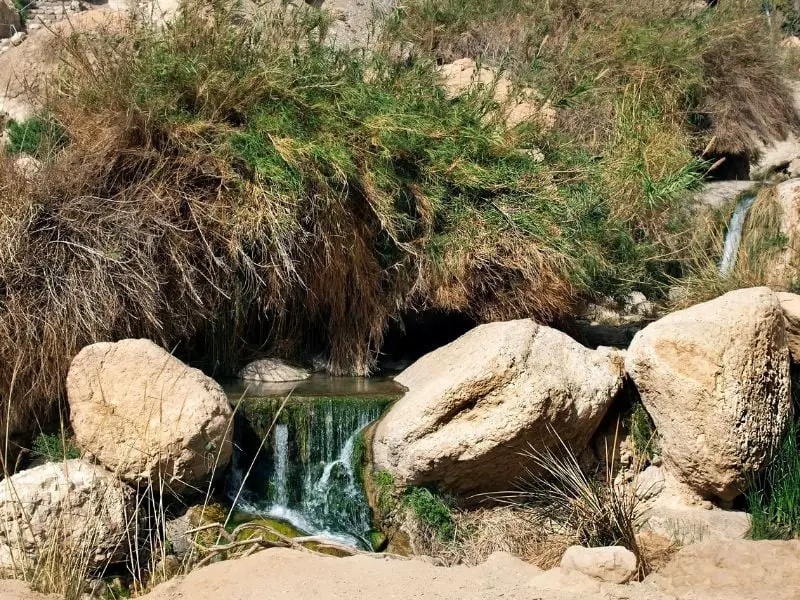How do plants and animals survive in the harsh conditions of the desert? One of the most crucial factors is access to water sources in the desert. Without it, life in the desert would be impossible.
Deserts cover about one-third of the Earth’s land surface, and they are often thought of as barren wastelands. However, these regions are home to a diverse array of species that have adapted to the harsh environment. One of the most important adaptations is the ability to find and utilize water sources.
Water is essential for all living things, and it plays an especially vital role in the desert ecosystem. From cacti that store water in their stems to animals that can go months without drinking, the strategies for survival in the desert are fascinating. In this article, we will explore the importance of water sources in the desert and the ways in which plants and animals have evolved to thrive in this challenging environment.

Water Sources in the Desert
Living in a desert may be described as “a never-ending struggle of water for survival.” Water has always been a significant source of wealth in desert nations. Those in authority controlled the land, wells, irrigation systems, and other water sources.
Though rare, it can rain in deserts, sometimes causing violent desert streams. The Sahara’s most recorded rainfall is 44 millimeters in three hours. Intense storms in the Sahara may dump as much as 1 mm of rain in a single minute. Typically, Arroyos and wadis are dry streams that can suddenly fill with dangerously high water levels following heavy rainfall. In deserts, drowning is a more common cause of death than dehydration.
Water sources in deserts come from streams, wells, and springs. Wells and springs get their water supply from infrequent but steady rainfall and groundwater seepage from nearby hills and mountains. Because of capillary action, water from the water table can rise to the surface. Well, water is usually rather salty. Sometimes it’s drinkable for camels but not for people.
In other areas, water is so near to the ground in certain areas, especially in and around an oasis, that it may be accessed by digging shallow wells. Most of the desert has groundwater, but it is so deep underground that it can only be reached at tremendous cost by drilling very deep wells and using powerful pumps to bring the water to the surface.
Some areas that get little or no precipitation get water from rivers. The most populated desert regions get water sources from rivers outside the desert. This holds true for the Nile in Egypt and Sudan, the Tigris and Euphrates in Iraq and Syria, and the Indus in Pakistan.
Fossil Water
The term “fossil” water refers to water trapped below in aquifers for millions of years and typically dates back to when there was still abundant rainfall, rivers, and freshwater lakes in the area.

Extracting fossil water works like pumping oil from underground. New drilling technology enables the drilling of wells up to three-quarters of a mile deep. The water from these wells is so deep that it reaches the surface boiling hot. Moreover, taking away too much water can be harmful. Its removal may cause the earth above it to sink, disrupting geology in various ways. When fossil water runs out, it’s permanently gone.
Water Statistics
Over 6.6 billion people live on our planet, yet only 1 percent of the world’s pure water is suitable for human use. The human body is about 70% water, and all basic chemical and biological processes need it. Water is a necessary component for the survival of every single human cell. Humans can survive without water for longer than a week in extreme circumstances. In many places, water is seen as common property, meaning that anybody may use it for any purpose without consequence. Hence, a great deal of it goes to waste.

Water Disputes
According to experts and government officials, water, not oil, is expected to take center stage in the following decades, making it the resource most likely to spark conflicts around the world. War may break out if nations cannot resolve their water disputes.
The United Nations still needs to devise a plan for how the water in large rivers should be distributed among nations with a shared interest in waterways. This is true for several rivers, including the Nile, the Danube, and the Euphrates. Countries with mountains that are the sources of rivers sometimes build dams that prevent water from reaching neighboring countries. These neighboring countries are not comfortable with the fact that the source country has the power to cut off or significantly reduce their water supply. This situation presents the greatest potential for conflict.

If two different nations try to take water from the same aquifer, this might lead to political tensions and perhaps the outbreak of a conflict. None of the several treaties that address water usage include provisions for underground water. There are also disagreements over water distribution inside nations, primarily between urban centers and agricultural regions.
Low-Tech Water Extraction Methods In Deserts
Here are some low-tech methods of how people collect Water in Deserts
- People capture potable water from fog using tiny mesh “fog catcher” nets placed between poles.
- Known as “rooftop harvesting,” people direct rainwater from roofs into storage tanks.
- People place desalination poles in saltwater.
But among the low-tech ways they use, here’s how they purify water for safe consumption.
- They use filtration straws that catch germs that cause diseases, allowing people to drink untreated water. About 2m people use this kind of straw, costing about 3$ per LifeStraw.
- People would fold a piece of clothing with a fine weave like an old sari four times to filter out diseases like the bacteria that cause cholera.
- People utilize bamboo treadle pumps built of cheap local materials to enable farmers to access groundwater to irrigate tiny plots of land. These pumps are used to tap water from the ground manually.
Related: Ways to Conserve Water, Process of Purifying Water, Rainwater
Author’s Note
Water is life. It is an essential ingredient of our existence and survival on Earth. We can go for months without food, but we can only survive for a few days without water. We hope this article provided you with some necessary information on the world’s water supply and how you get water from deserts. Thanks for reading!


1 thought on “The Vital Role of Water Sources in the Desert Ecosystem”